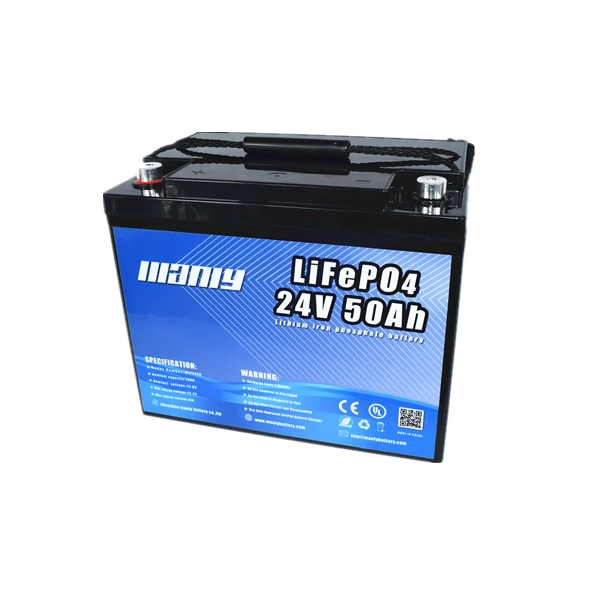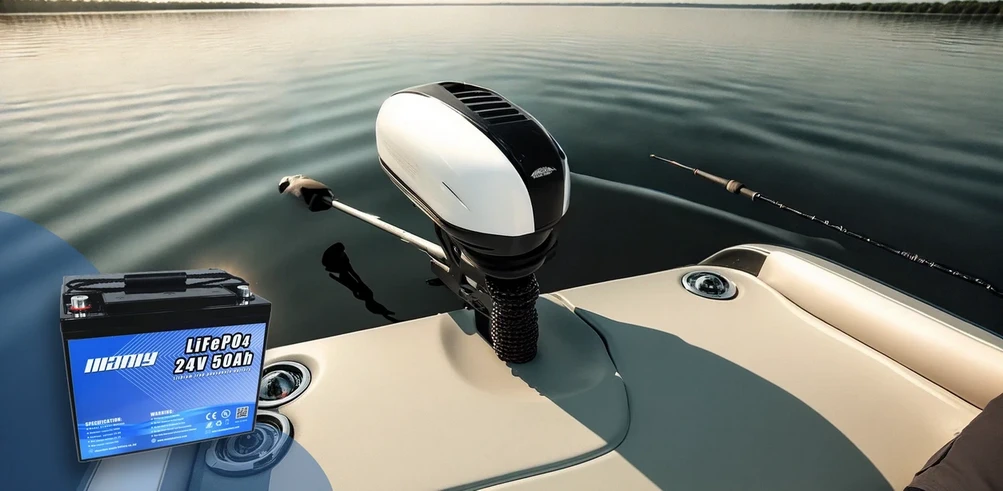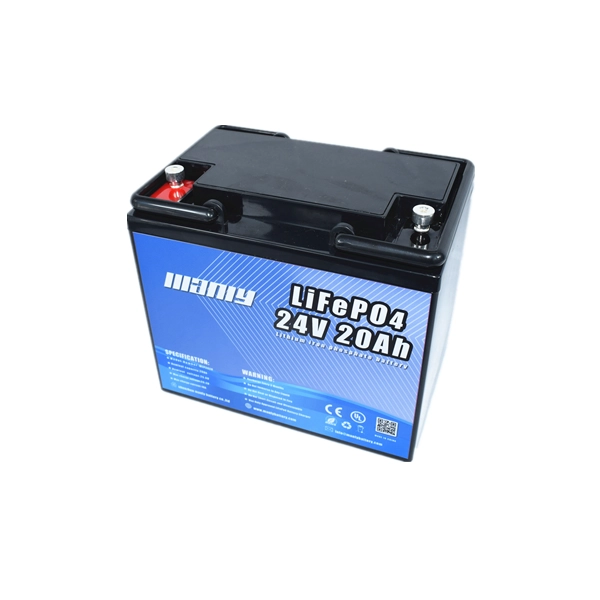2024 What is a 24 volt battery used for?
Table of Contents
Understanding how to effectively use and maintain a 24 volt battery can enhance the performance of your devices, whether it’s for marine applications, power wheels, or trolling motors. This guide will help you navigate the benefits and challenges of using 24 volt lithium ion batteries and provide practical tips for their installation and maintenance.
What is a 24 Volt Battery?
What is a 24 Volt Battery?
A 24 volt battery delivers 24 volts of electrical power. These batteries are not as common as 12-volt ones and can be more challenging to find. However, they are advantageous in that a single 24-volt battery occupies less space than multiple batteries connected to achieve the same voltage. This makes them ideal for situations where space is at a premium.
Advantages of a 24 Volt System
Using a 24 volt battery system offers several benefits:
- Smaller Wires: A 24-volt system requires less current to deliver the same amount of power as a 12-volt system, allowing for the use of smaller diameter wires. This reduces both the cost of wiring and the space needed for installation.
- Efficient Power Transmission: Higher voltage systems like 24 volts are more efficient in power transmission, generating less heat and losing less energy over long distances. This is why high-voltage power lines are used for electricity transmission.
Disadvantages of a 24 Volt System
Despite the benefits, there are some drawbacks to using a 24 volt battery system:
- Converters Needed: Many devices and appliances are designed for 12 volts. Using these with a 24-volt system requires a converter to step down the voltage, which adds to the cost and results in a small energy loss.
- Limited Availability: Components and equipment designed to run on 24 volts are less common than those for 12 volts. This can make sourcing parts more difficult and potentially more expensive.
- Charging Complexity: If your system’s chassis operates on 12 volts, charging a 24-volt battery can be complex. A DC-DC converter is needed to charge the 24-volt battery from a 12-volt alternator, adding both complexity and expense.
Practical Uses
24 volt batteries are useful in various applications where their benefits can be fully utilized:
- Trolling Motors: A 24 volt trolling motor battery provides more power and longer run times, making it ideal for fishing boats.
- Power Wheels: Upgrading to a 24 volt lithium battery power wheels setup enhances speed and performance, providing a more exciting experience for kids.
- Marine Use: A marine 24 volt battery is efficient for boats, reducing wiring costs and space while ensuring reliable power.
Charging a 24 Volt Battery
Properly charging a 24 volt battery is crucial for performance and longevity. Use a 24 volt battery charger specifically designed for the type of battery you have, such as lithium or AGM. Always follow the manufacturer’s instructions to avoid overcharging or damaging the battery.
Installation Tips
When setting up a 24 volt battery system, ensure all connections are secure. If using multiple batteries, understand how to hook up 24 volt batteries in series correctly. For best results, follow guidelines for wiring batteries for 24 volt systems, which include using the appropriate wire gauges and ensuring safe, secure connections.
What are 24V Batteries Used For?
Trolling Motor
A 24 volt battery is commonly used for trolling motors, which are essential for fishing boats. Here’s why a 24 volt battery for trolling motor is a great choice:
Power and Performance
A 24 volt trolling motor battery provides more thrust compared to a 12 volt battery. This extra power is crucial for larger boats, especially in windy or harsh conditions. The higher voltage allows the motor to run more efficiently, using half the amperage, which means less heat and better energy use.
Battery Type and Size
When choosing a 24 volt battery for trolling motor, it’s important to select the right type and size. A 24 volt deep cycle marine battery is often recommended. Deep cycle batteries are designed to provide a steady amount of power over a long period, which is ideal for trolling motors. For example, a Group 27 battery with at least 110 amp-hours is a good choice. This ensures longer run times and better performance.
Charging and Maintenance
Using a suitable 24 volt battery charger is key to maintaining your battery’s health. Make sure to match the charger with the battery type to avoid overcharging or damage. Regularly check the connections and charge levels to keep the battery in top condition.
Energy Efficiency
The 24 volt trolling motor battery is more efficient because the motor runs at a lower amperage. This means it can operate longer on a single charge, providing more hours of fishing time without needing to recharge frequently.
In summary, a 24 volt battery is an excellent choice for trolling motors due to its power, efficiency, and ease of use. By selecting the right battery type and maintaining it properly, you can enjoy reliable and long-lasting performance on your fishing trips.








